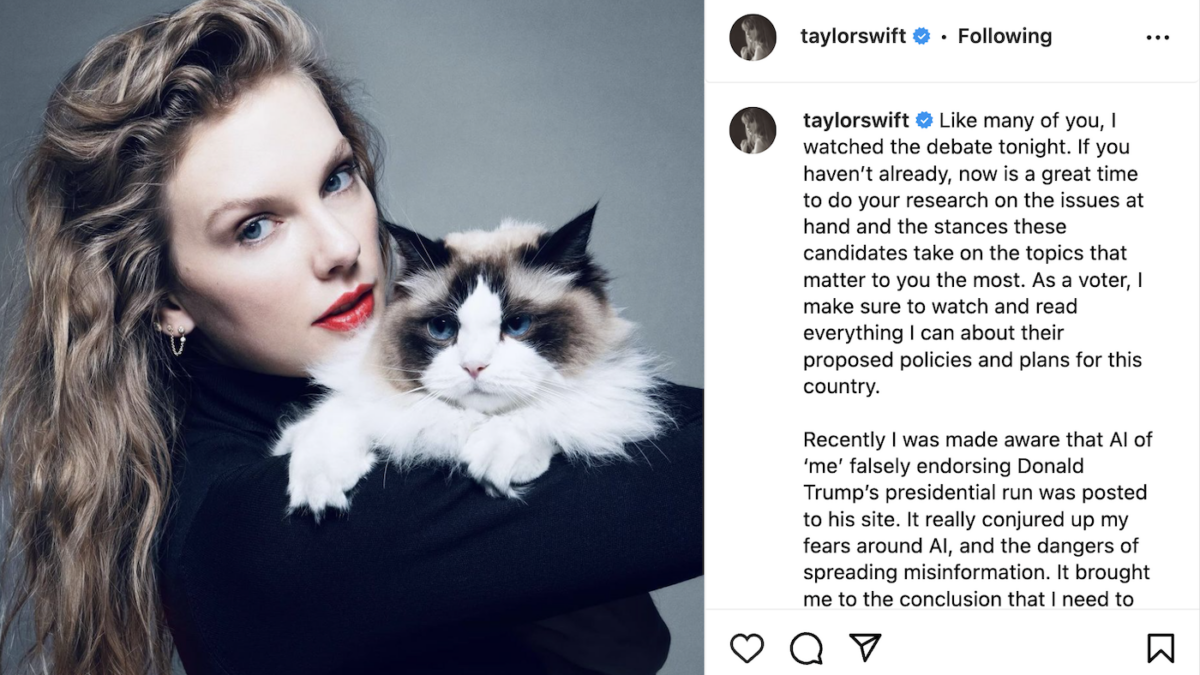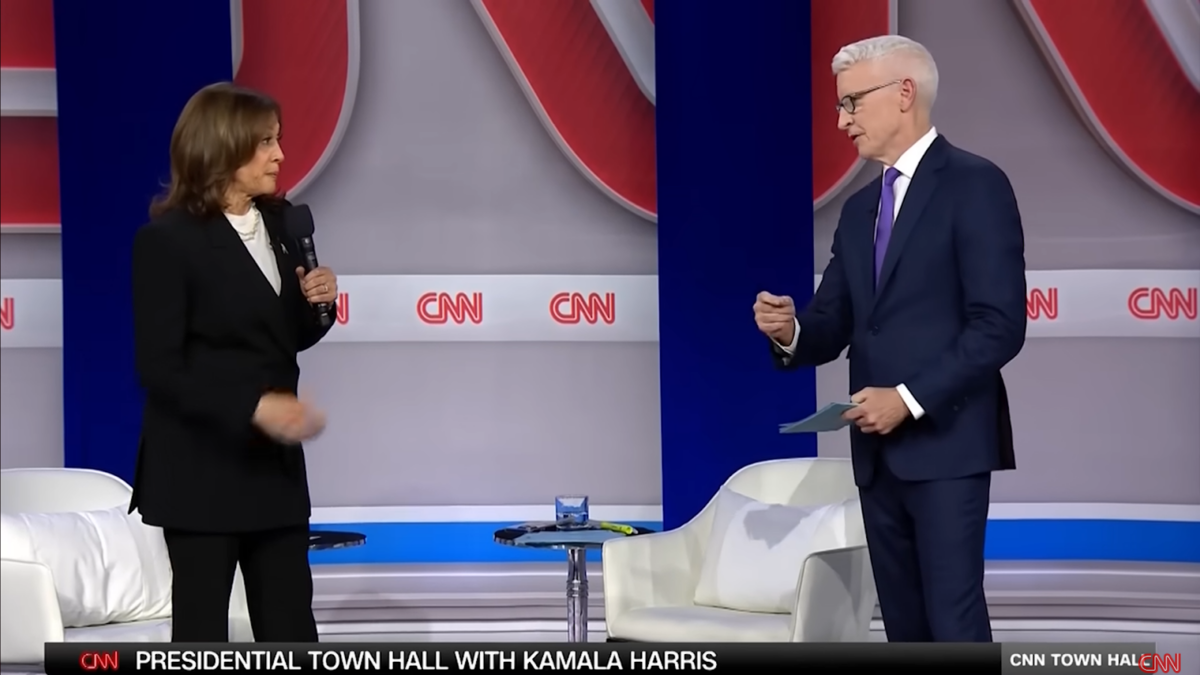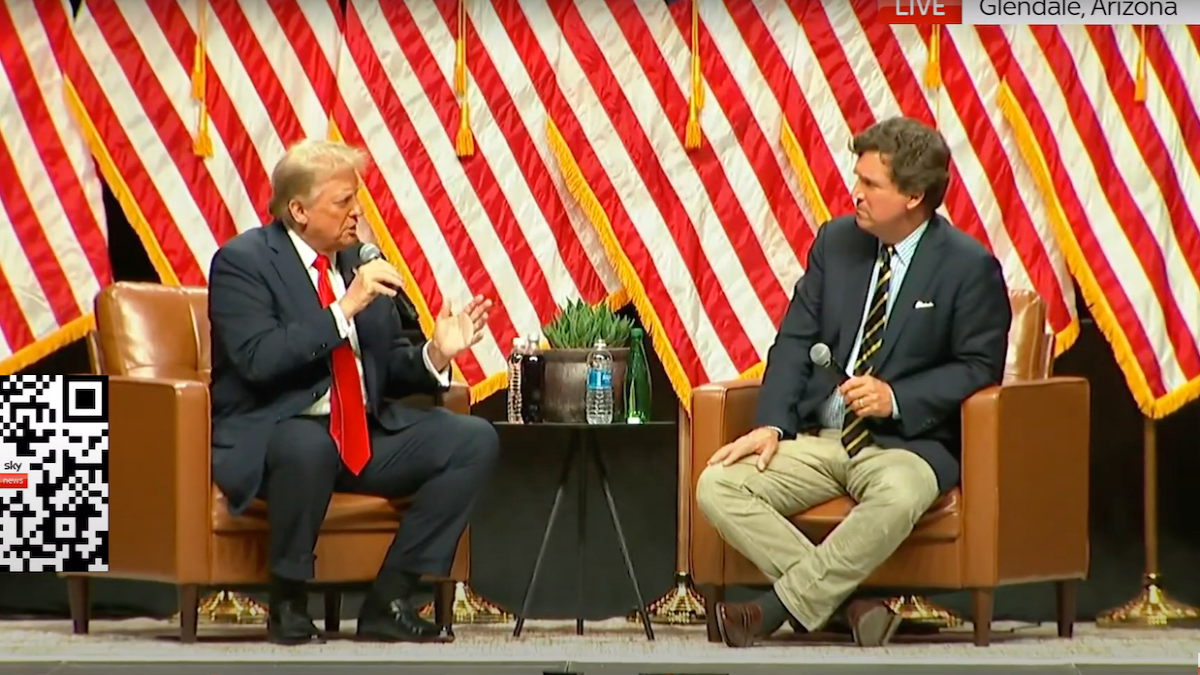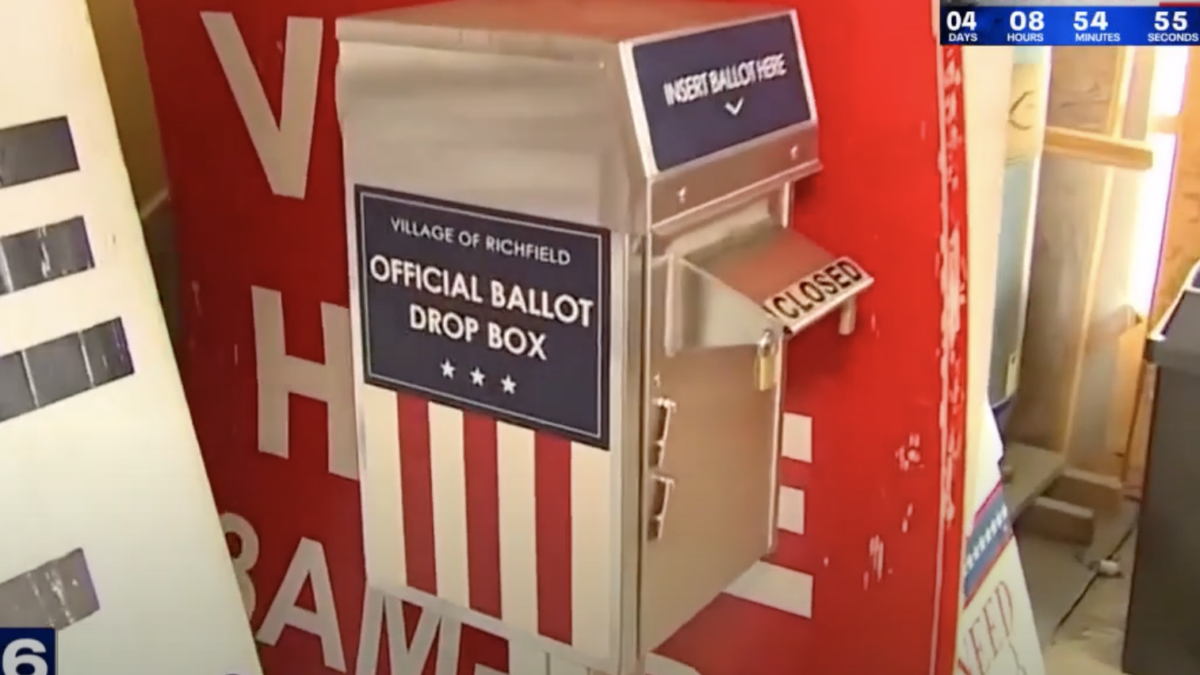
If you have watched any TV the past couple of years, you’ve probably noticed a flurry of ad campaigns for empowering women. From Disney’s “Dream Big, Princess” to Proctor and Gamble’s “#WeSeeEqual” campaign, companies that sell cars, cell phones, and soap are jumping on the bandwagon spend millions to educate consumers about prejudice and tell women they can be and do anything they put their minds to.
Lest you think I’m criticizing the messages of these ad campaigns, let me make it clear that I completely agree with them. As the husband of a brilliant woman in business, I’ve had a front-row seat to witnessing the constant barrage of sexual harassment and gender and wage discrimination women experience on a daily basis. It’s been eye-opening, to say the least.
But something seems off. Why would large consumer-product corporations, which aren’t nonprofits, dive into the social justice pool of controversial waters? Clearly, if a company is spending millions on these campaigns, there must be people in its executive leadership who are committed to upsetting the male-dominated status quo to ensure women have a seat at the big table.
Perhaps that’s true, but it seems not too many seats. Marc Pritchard, the chief brand officer for Proctor and Gamble, stated at a panel discussion on unconscious bias, “You’ve got to dig a little deeper if you’re going to address it.” So let’s dig a little deeper.
Companies that Talk the Talk Don’t Walk the Walk
Of those companies with gender-equality initiatives recently on television, here is a breakdown of the ratio of women-to-men on the executive management teams:
Walt Disney Corporation
Campaign: Dream Big, Princess
Ratio: 3/14
Woman CEO? No
Proctor and Gamble
Campaigns: #WeSeeEqual, #LikeAGirl, #GirlsCan, “Labels Against Women”, #ShareTheLoad
Ratio: 9/32
Woman CEO? No
Unilever
Campaigns: #Unstereotype, “Real Beauty Sketches”
Ratio: 0/3
Woman CEO? No
Verizon Wireless
Campaign: “Inspire Her Mind”
Ratio: 2/17
Woman CEO? No
Dodge (Fiat Chrysler Automobiles)
Campaign: “Courage Is Already Inside”
Ratio: 2/26
Woman CEO? No
Barbie (Mattel)
Campaign: “Imagine the Possibilities”
Ratio: 1/6
Woman CEO? Yes
L’Oreal Group
Campaign: “Women of Worth”
Ratio: 5/15
Woman CEO? No
To be clear, the issue isn’t that companies don’t make a priority of hiring women. Many companies like Bank of America, Target, and Moss Adams have initiatives specifically to hire and support women. Instead, the challenge is the trickle of women who have been able to break the ceiling into executive-level management.
Women are being hired into entry- and mid-level management, but are rarely if ever hired to the top decision-making jobs of companies. That fact becomes particularly ironic within companies like those above who are virtue-signaling in ad campaigns that women can do anything they want. It’s pretty rich when a company with zero female executives urges leaders to challenge gender bias at work.
It’s Not Just the Virtue-Signaling Companies
This low representation of women in C-suite positions is not breaking news, by any means. However, it’s interesting to note that at a time when women officially make up nearly half of the workforce, they still don’t make up a quarter of C-suite positions across industries. Within the top 500 companies, only 5 percent have female CEOs. While advocates boast there has been a 1 percent increase in women leadership from two years ago, at this current rate we would see equal representation in the year 2107. Wonderful news for my great-granddaughters!
The typical response to this argument is, “So we should hire someone to the top jobs simply based on sex? Isn’t it contradictory to use a sex preference to counteract sex disparity?” Yes, it would be absolutely wrong, to say the least of being bad business, to hire less-qualified people in the interest of fairness. Business isn’t about being fair, it’s about growth and who can best get the job done.
But that argument falls apart when confronted with data that shows that in spite of comprising half of the workforce (the pool of talent) and being equally qualified, women are significantly less likely to be promoted, more likely to be fired, and less likely to be hired in critical profit-and-loss jobs that are grooming grounds for future leadership. It stretches the bounds of both statistics and belief that out of an equal (and global) talent pool, leadership finds 76 percent more men to sit at the executive table.
It’s All About Perception Over Reality
I’d love to think that Disney, P&C, Unilever, and others have seen this trend and are trying to break up the executive club. I’d be overjoyed if executives were acting on research that shows that companies with gender-balanced teams have a higher ROI. But I think there’s a simpler explanation.
Board rooms across the world are being kept up-to-date on research, but mainly the kind that increases profits without breaking up the foursome at the country club. In addition to graduating with more college degrees than men, women flat-out dominate the consumer market, driving around 80 percent of spending with purchasing power and influence. Women are the primary shoppers in most households, buy more online, and influence nearly every purchase from cars, houses, health care, and vacations.
Incredibly, women even have more money to spend than men, responding to wage gaps by working longer and harder than men to earn more. In spite of this overwhelming influence, nearly half of women feel that marketers don’t understand them.
A basic guiding principle of smart companies is to be market-led, which requires an investment toward qualitative and quantitative research to gain insight into consumer opinions and trends. Each year, companies spend up to $6.7 billion collecting and interpreting data on what their customers want. If your research tells you that 80 percent of the widgets you sell are purchased by boys between the age of 15 and 18 years old and 20 percent is purchased by men aged 35-40, you are not going to go out and spend millions of dollars to market widgets to men aged 35-40. That’s just crazy. You are going to respond to the market.
Why is this important? As I’ve mentioned, I think these ad campaigns are great. They hit me right in the feels. But we shouldn’t kid ourselves that executive leadership in corporate business have all of a sudden decided to started seeing women’s intrinsic rather than profitable value. These ad campaigns represent consumer-product companies telling women what they think they want to hear, without changing their executive structure to practice what they preach.
The message is further complicated by the fact that it affirms certain life choices for women while ignoring the millions of women who choose to be the chief operating officer of their homes. Commercials are fine and awareness is nice, but until women have a seat at the table, these campaigns are a case of “Do as I say, not as I do.” By all means, dream big, princess—as long as you don’t dream of being an executive at Disney. If you do, you’re buying exactly what they’re selling.









